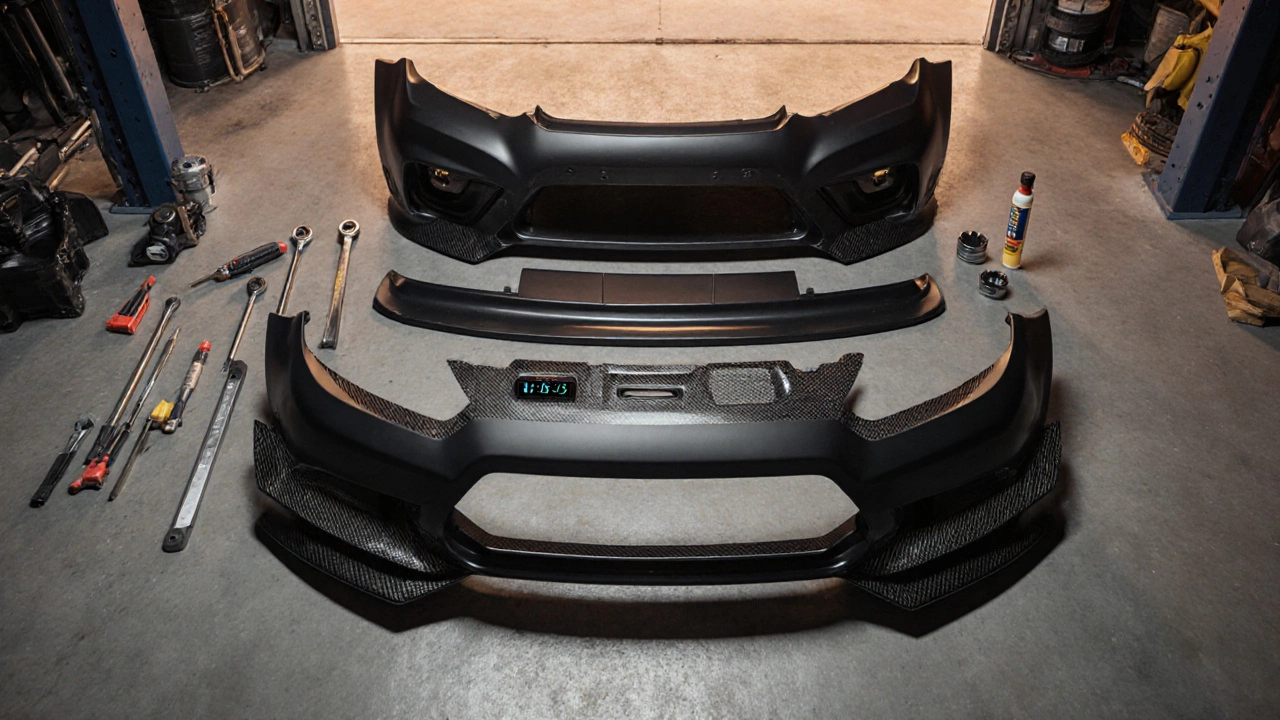When working with bolt-on body kit install, the process of attaching a pre‑fabricated body kit using bolt‑on brackets instead of cutting or welding. Also known as bolt‑on kit fitting, it lets owners upgrade looks and aerodynamics quickly and reversibly. A body kit typically includes a front bumper, rear bumper, side skirts and often a spoiler, each designed to reshape airflow. Proper alignment after the install ensures the wheels stay true and handling stays safe. Choosing the right suspension or wheel spacer can change ride height, clearance and weight distribution, which directly influences how the kit performs at speed. In short, a bolt‑on body kit install encompasses component fitting, alignment checks, and optional suspension tweaks, and it requires the right tools and a clear plan before you start.
First, verify that the kit matches your vehicle’s make, model and year – even a small mismatch can cause mounting holes to misalign, leading to rattles or unsafe clearance. Next, measure the existing ride height; many kits look best when paired with a modest drop using lowering springs or adjustable coilovers. If you plan to add wheel spacers, remember they increase track width and can alter steering geometry, so a follow‑up alignment is a must. Aerodynamics matter too: a well‑designed front splitter can reduce lift, but a heavy rear bumper may add drag if the suspension isn’t tuned for the extra weight. Finally, check local regulations – some regions limit protruding parts or require specific lighting clearances, and a non‑compliant kit could land you a fine. By addressing fitment, clearance, weight, aerodynamics and legality up front, you avoid costly rework and get the performance boost you expect.
Below you’ll find a curated list of articles that walk through the details you’ve just skimmed. From the exact components a body kit includes, to how a kit can change downforce at different speeds, and practical tips on aligning wheels after you bolt on spacers, the collection covers every angle of a bolt‑on body kit install. Whether you’re a beginner looking for step‑by‑step guidance or an experienced modder fine‑tuning suspension and aerodynamics, these posts give you the facts, tools and safety checks you need to turn a visual upgrade into a real performance gain.

Find out how long it takes to fit a body kit, factors that affect install time, DIY vs professional options, and a handy checklist to avoid common delays.